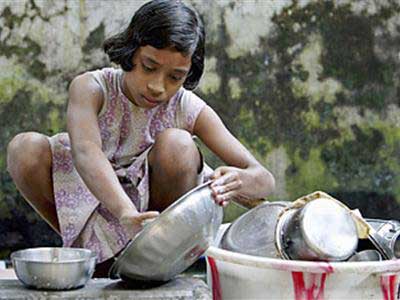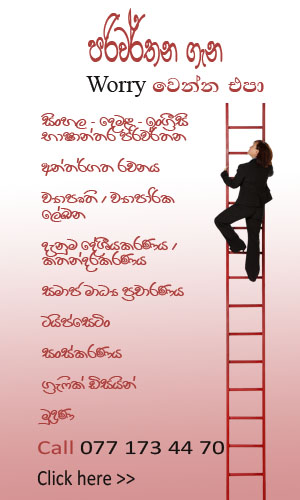40,000 children are child labourers in Sri Lanka
Today marks the World Day Against Child labour. This falls on June 12 on each year. This year’s theme is ‘Children should work on their dreams, not on fields’.
Persons below the age of 18 years are regarded as children in Sri Lanka. Sri Lanka has introduced 13-year continuous education for children above 5 years of age. Accordingly, the children should be in schools until 18 years old. But the compulsory school education is until only 14 years of age.
However, around 40,000 children work as child labourers in the field. The number amounts 1% of the school-age children population. Majority of the child labourers are boys. They work in boutiques, tea kiosks, eateries, construction sites and other informal sectors for low wages. Some of these employments are hazardous. A lower number engages in begging too.
Law of the country allows to work from 14 years of age. But they can join trade unions only after the completion of 16 years. These facts indicate the policy gaps related to child labour in Sri Lanka.
Authorities in rural schools and temple schools sometimes force the children to provide sanitary and gardening services to school. No authority pays their attention over such instances that may hinder the education of these students.
ILO defines Child Labour as follows:
Working children: All children that engage in economic activities, paid or contributing in the production of goods and services that have an economic value, at least one hour during a reference period.
Child labour: All children engaged in economic activities excluding:
5-11 year — less than 5 hours/week as contributing family worker in non-agricultural, non-hazardous work; less than 15 hours per week as contributing family workers in agriculture sector, non-hazardous activities
12-14 year — less than 15 hours/week in non-agricultural, non-hazardous work; less than 25 hours/week as contributing family worker in agriculture, non-hazardous work
15-17 year —less than 44 hours/week in non-hazardous work Children engaged in hazardous forms of child labour: A subgroup of child laborers, whose work are categorized as ‘hazardous forms’ based on the nature of industry, occupation, work duration, and working and exposure conditions. (Source here>>)
As a self-declared pathfinder country, Sri Lanka is committed to attain this goal by 2022—ahead of the year 2025 global target set in the Sustainable Development Goals.
Photo Credit: News First


